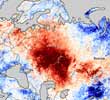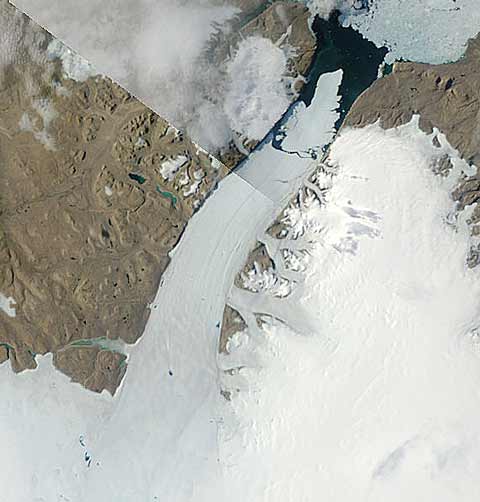 In a bizarre twist to the tale of New Zealand’s climate sceptics and their strange obsession with the minutiae of the history of temperature measurement in New Zealand, it now emerges that they have lodged papers with the High Court [Stuff & NZ Herald, via NZPA], seeking to have the court rule that the National Institute for Water and Atmospheric Research (NIWA) should:
In a bizarre twist to the tale of New Zealand’s climate sceptics and their strange obsession with the minutiae of the history of temperature measurement in New Zealand, it now emerges that they have lodged papers with the High Court [Stuff & NZ Herald, via NZPA], seeking to have the court rule that the National Institute for Water and Atmospheric Research (NIWA) should:
- set aside NIWA’s decisions to rely upon its Seven Station Series (7SS) and Eleven Station Series (11SS), and to find the current NZTR [NZ temperature record] to be invalid
- to prevent NIWA from using the current NZTR (or information originally derived from it) for the purpose of advice to any governmental authority or to the public
- to require NIWA to produce a full and accurate NZTR [text from their press release]
The mind boggles. Just what is an “invalid temperature record”, and how on earth is a judge expected to rule on that? Given that NIWA has received funding to do a thorough re-working of the long-term temperature history of NZ, mainly as a result of the earlier kerfuffle, why are the cranks so keen to go to court now? Science is not done in law courts. Then there are questions to be asked about the organisation and funding of this legal effort, as well as questions about possible abuse of process and waste of taxpayer funds…
The genesis of this story goes back to November last year, when Richard Treadgold and the NZ Climate “Science” Coalition trumpeted the release of a “study” that showed (in Treadgold’s words):
We have discovered that the warming in New Zealand over the past 156 years was indeed man-made, but it had nothing to do with emissions of CO2 – it was created by man-made adjustments of the temperature. It’s a disgrace.
It was a shonky study, as I showed conclusively at the time, in what has proved to be the most widely-read Hot Topic post to date. NIWA’s response was to develop a new temperature series, using data from places where adjustments had either never been required or were very minor, and it demonstrated that warming was unequivocal — if anything slightly greater than in the original “seven station” series. Since then, Treadgold and the C”S”C have — with their friends in the far-right ACT Party — tried to turn the affair into a scandal, with no success. This latest legal ploy is a transparent attempt to get some more mileage out of what should, by all sensible measures, be the deadest of dead horses.
The case is being brought not by the NZ Climate Science Coalition or Climate Conversation Group, but by a newly-incorporated charitable trust, the New Zealand Climate Science Education Trust. The trustees are NZ CSC stalwarts Terry Dunleavy and Bryan Leyland, together with relative newcomer Doug Edmeades. An application for charitable status was made at the end of July and it was granted on August 10th. The Deed of Trust can be read at the Ministry of Economic Development’s Societies and Trusts Online site: search for “2539286 – NEW ZEALAND CLIMATE SCIENCE EDUCATION TRUST”. The stated aims of the trust (section four of the trust deed) look innocuous enough, but include a standard “do what you like” clause: 4.2.8: Such other activities and enterprises to further the charitable purposes of the Trust as the Trustees may decide. The documents sent to the press over the weekend can be read, in lightly edited form, at Treadgold’s blog.
It’s clear that Dunleavy, Leyland and Edmeades have some questions to answer. Their “charitable trust” was registered on August 10th, and within days they had lodged their legal action with the court. Was the trust formed specifically to bring the action? I understand that using a trust to bring a legal action provides some protection for the litigants if they lose their case and find costs awarded against them. But if that is the real reason for the trust’s existence, then surely it cannot be regarded as a charitable trust? Whatever the law may say — and I am sure that Dunleavy and co will have had legal advice (C”S”C chairman Barry Brill is a retired lawyer) — it cannot be morally or ethically acceptable for them to hide behind or misuse a charitable trust in this way. It also demonstrates rather nicely that they have no confidence that their case will succeed…
There are also questions to be asked about the funding of this legal effort to discredit NIWA and its scientists. Legal advice isn’t cheap, especially when seeking to bring a case before the High Court. The NZ C”S”C has always been rather coy about its funding, maintaining that it’s just a group of interested individuals who volunteer their efforts. Nevertheless, it has strong links with the US think tanks organising and funding campaigns against action to reduce carbon emissions, and has developed close ties with the Rodney Hide’s ACT Party — one of whose most generous supporters is climate sceptic and multi-millionaire Alan Gibbs. Of course, the NZ C”S”C might just have had a sausage sizzle outside a North Shore New World, and a bit of a whip round their membership, but on Radio NZ National’s Morning Report this morning [at 8:13am] Bryan Leyland admitted that Gibbs was “one of our friends”.
The question of funding is particularly important, because any reasonably objective assessment of their statement of claim shows it to be highly unlikely to succeed. The summary attached to the NZ C”S”C press release is pretty tedious, but it’s worth taking a look at the second paragraph:
The official NZ Temperature Record (NZTR) […] the historical base for most Government policy and judicial decisions relating to climate change, wholly relies upon a “Seven-station series” (7SS), adopted in 1999.
You don’t to need to read any further, to be honest, because this is sufficient to establish the statement of claim as nonsense. As I’ve said before, the NZ temperature record is interesting, fascinating even for those of a meteorological or climatological bent, but there is no such thing as an “official” temperature record that has formed any sort of “historical base for most government policy and judicial decisions relating to climate change”. No NZ government of any flavour has ever relied on NIWA’s temperature series for anything much, certainly not used it as the basis for any policy. NZ government policy in this area depends far more on the international scientific and diplomatic context than it does on the temperature in Hokitika in 1890.
So if the case is pretty much certain to fail, why go to the expense of bringing it in the first place? It’s a waste of good money, surely? Dunleavy et al, and their mysterious backers, clearly disagree — and the reason’s obvious. This is not about science, or improving the NZ temperature record, it’s about attention seeking. Having failed to get the government to delay the introduction of the ETS at the beginning of July, the C”S”C and its “friends” are getting desperate. Like spoilt children, they’re pouting and screaming and throwing toys out of the pram.
The results of this hissy fit are predictable. My guess is that the court will refuse to consider the case — which will give the CSC another excuse for a loud public whinge. Questions in Parliament by Hide and Boscawen? A racing certainty, I reckon. But much judicial time and public money will have been wasted in the process, and the NZ temperature record will continue to show what it always has and always will do — significant warming over the last 100 years. Meanwhile the world will continue to warm…


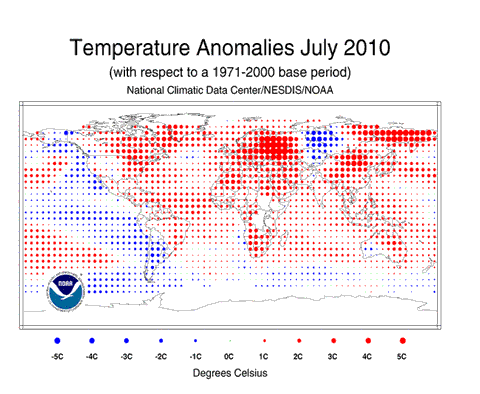
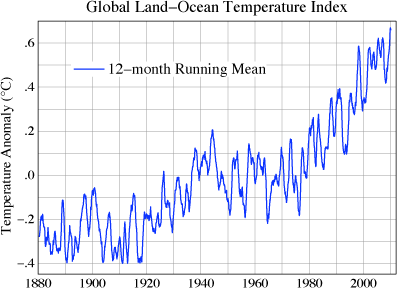
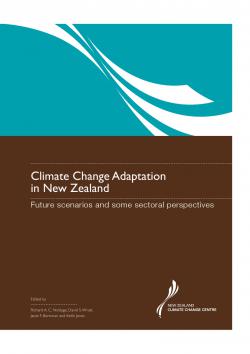 How will our land-based primary industries manage the climate changes ahead? That’s the question addressed by chapter 3 in Climate Change Adaptation in New Zealand (pdf download
How will our land-based primary industries manage the climate changes ahead? That’s the question addressed by chapter 3 in Climate Change Adaptation in New Zealand (pdf download 